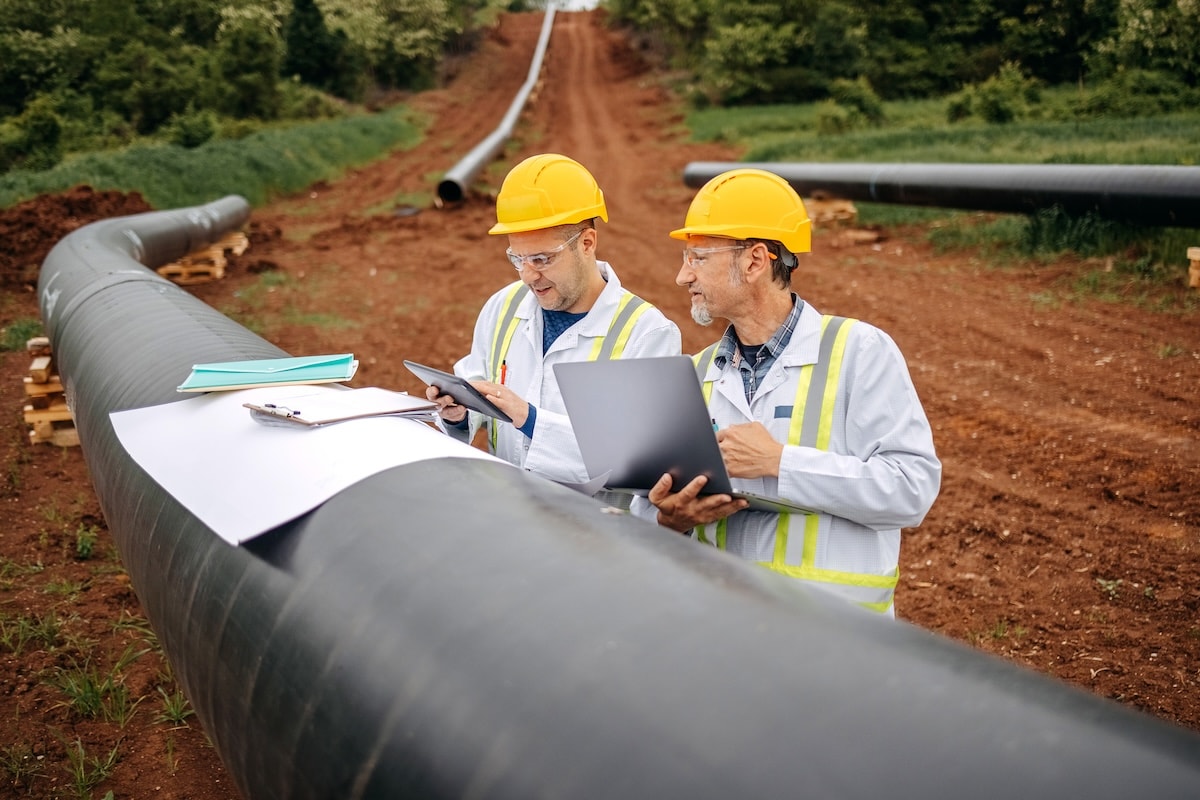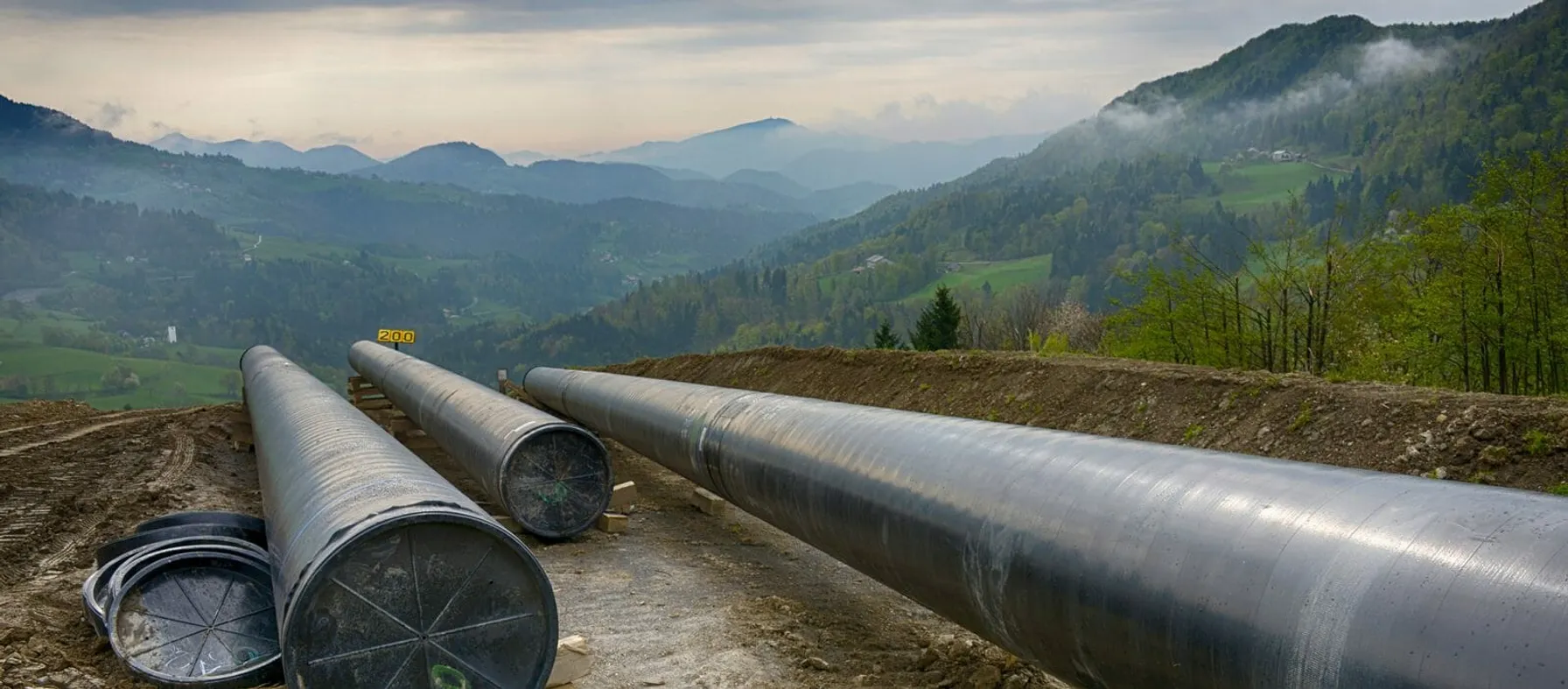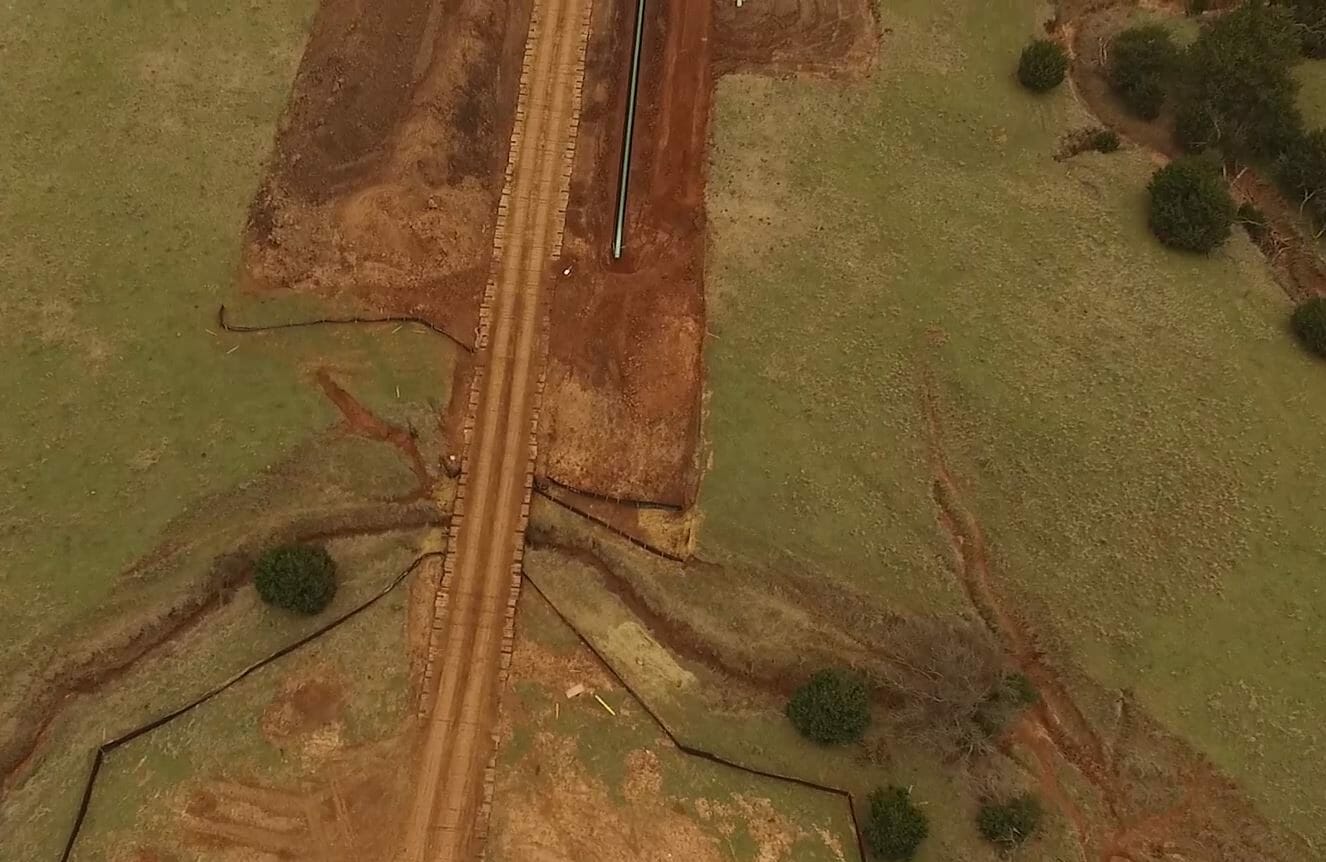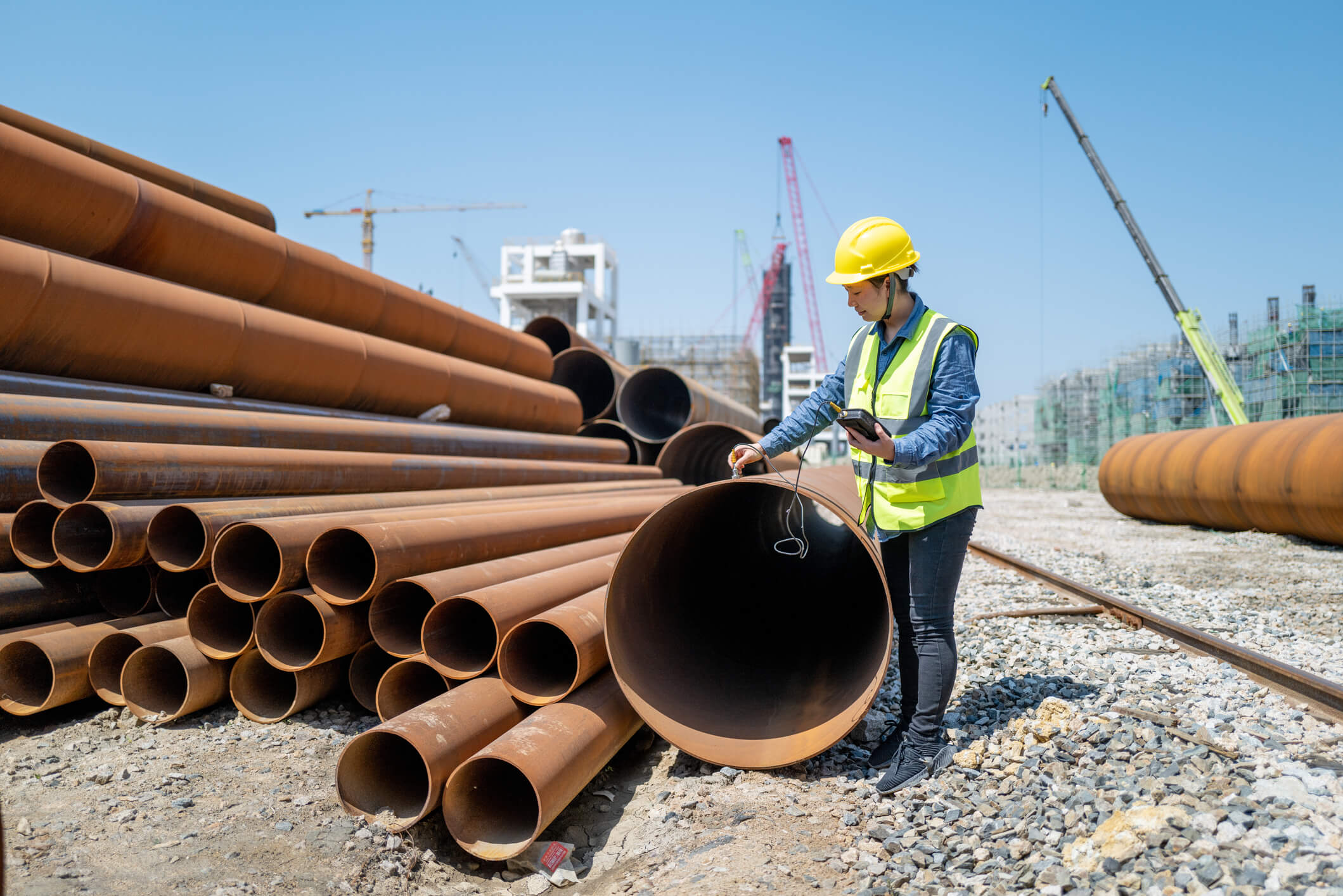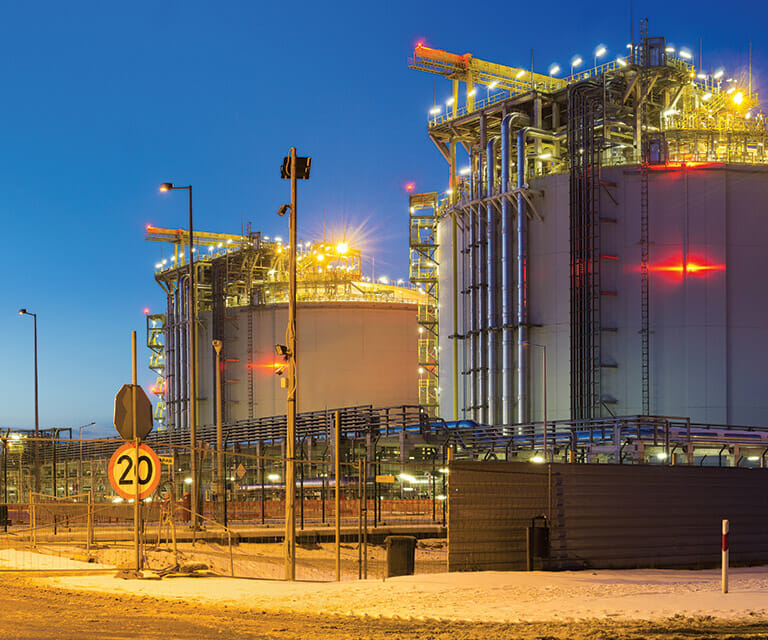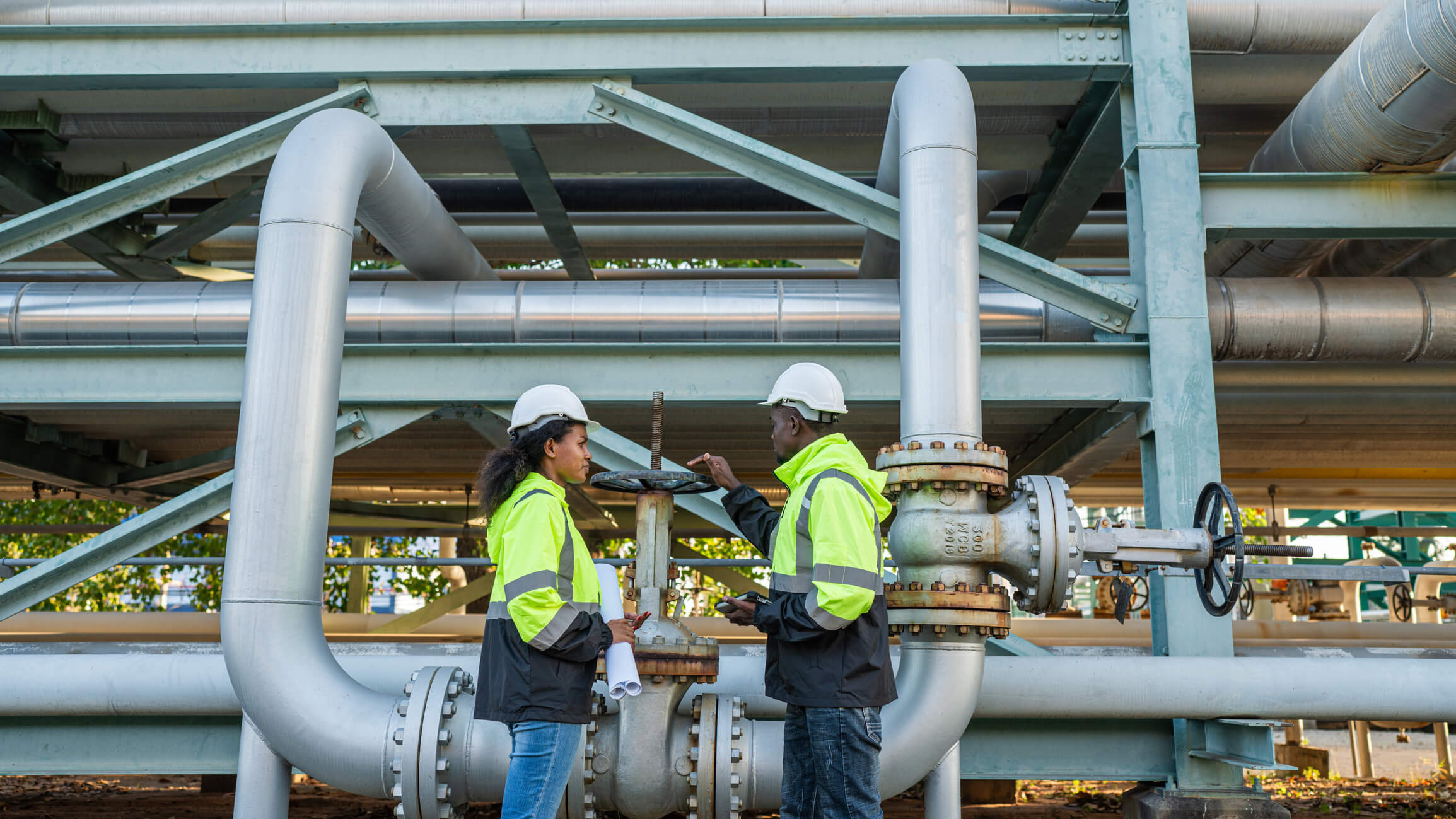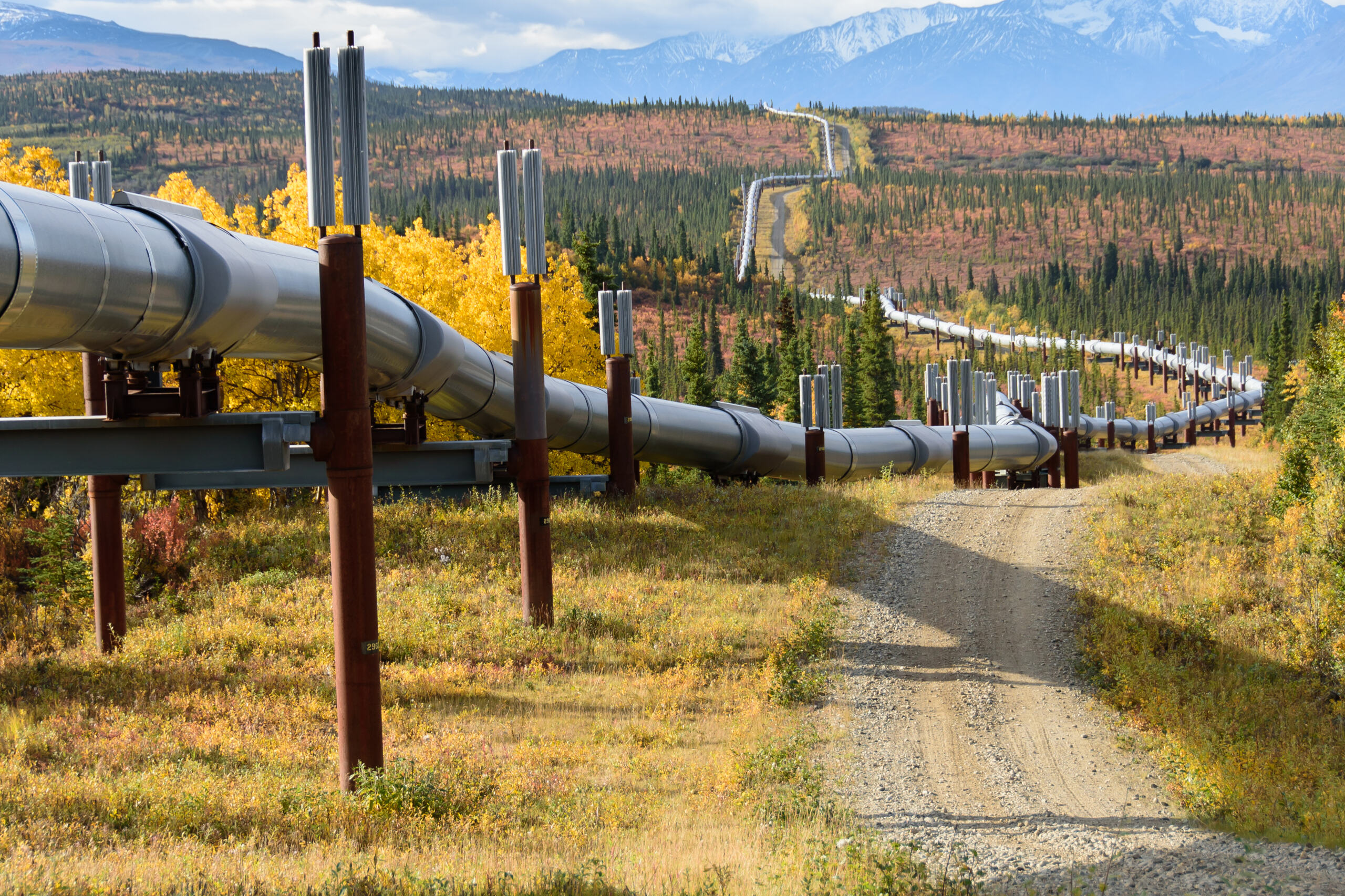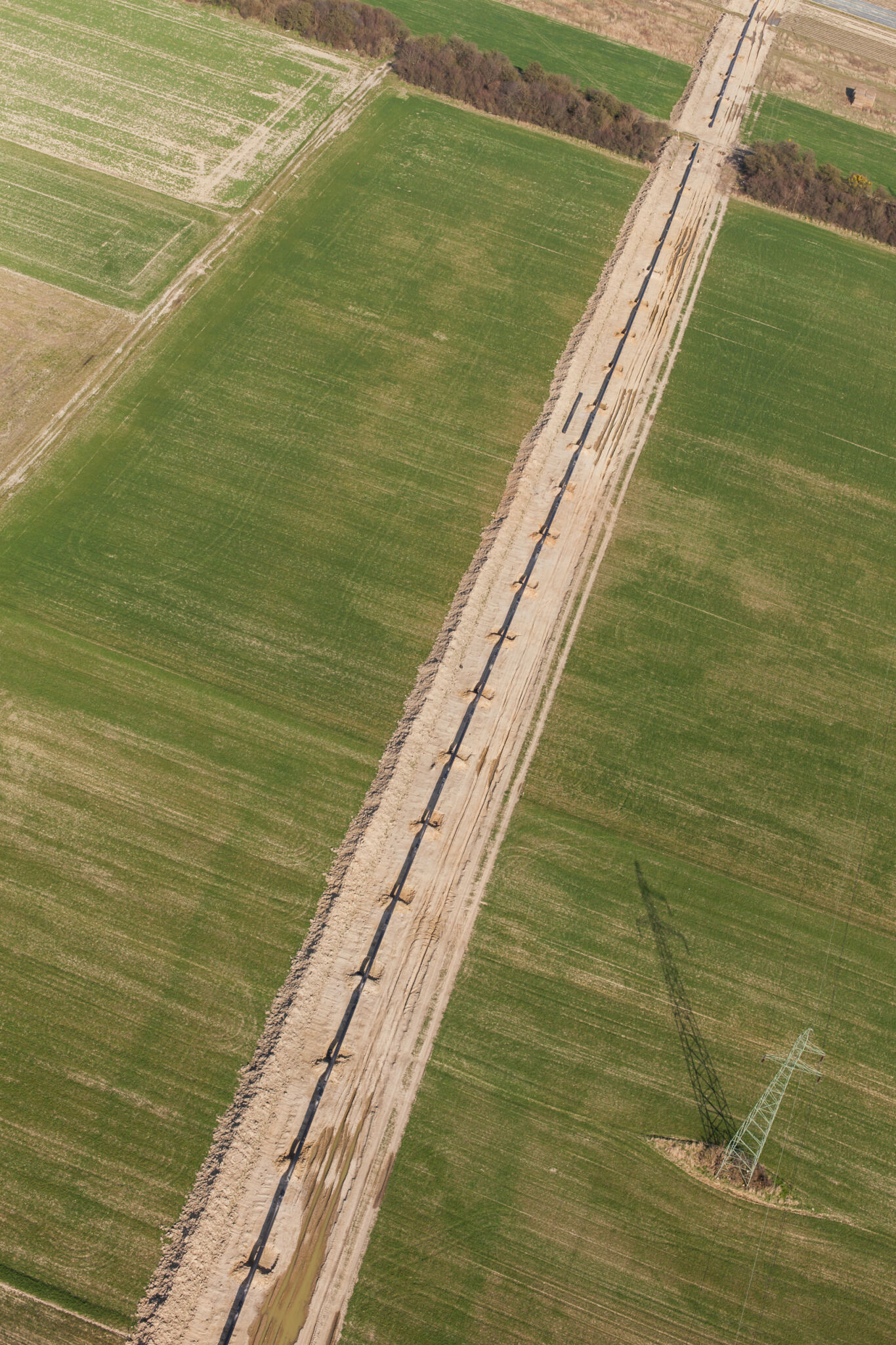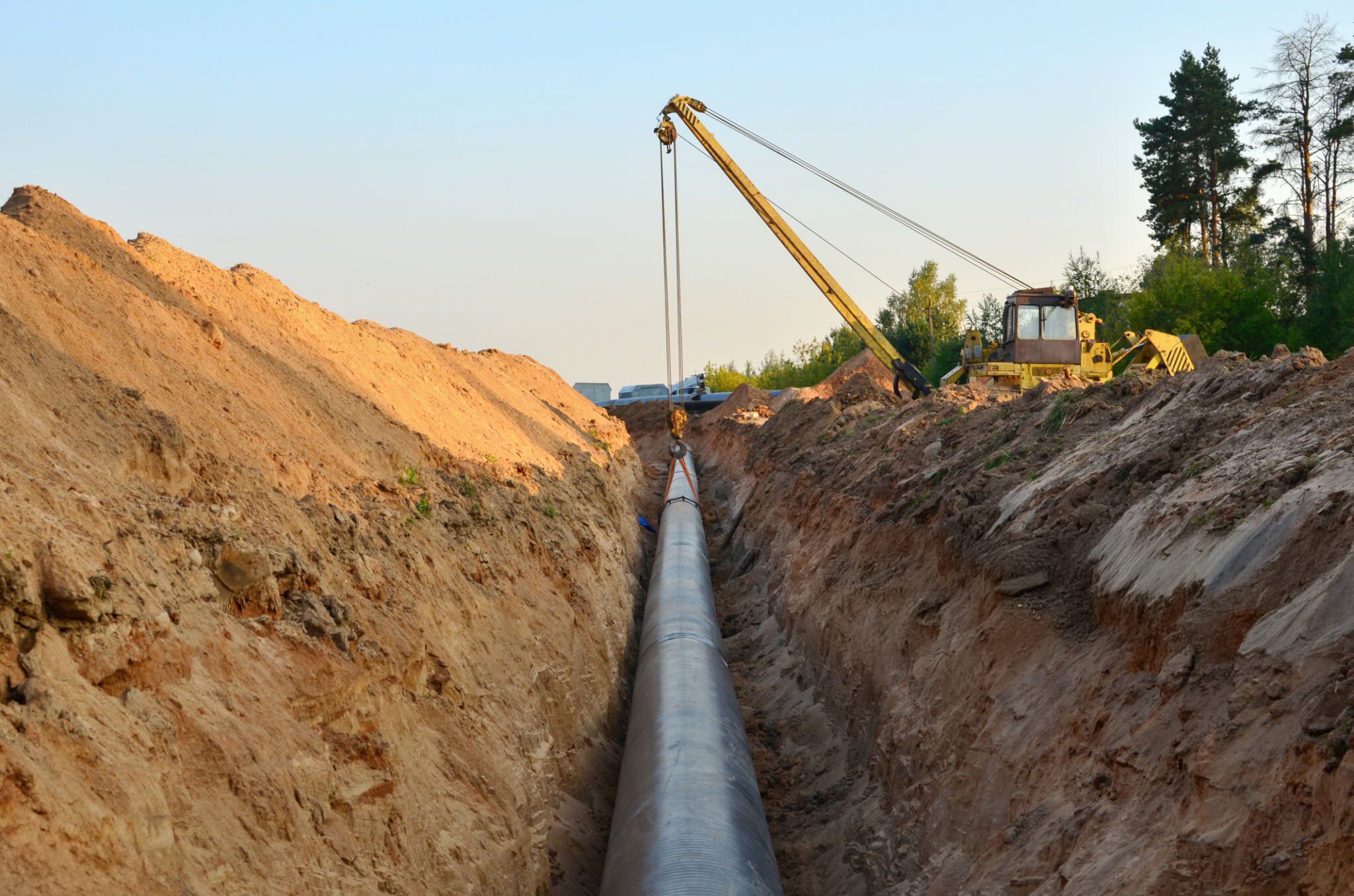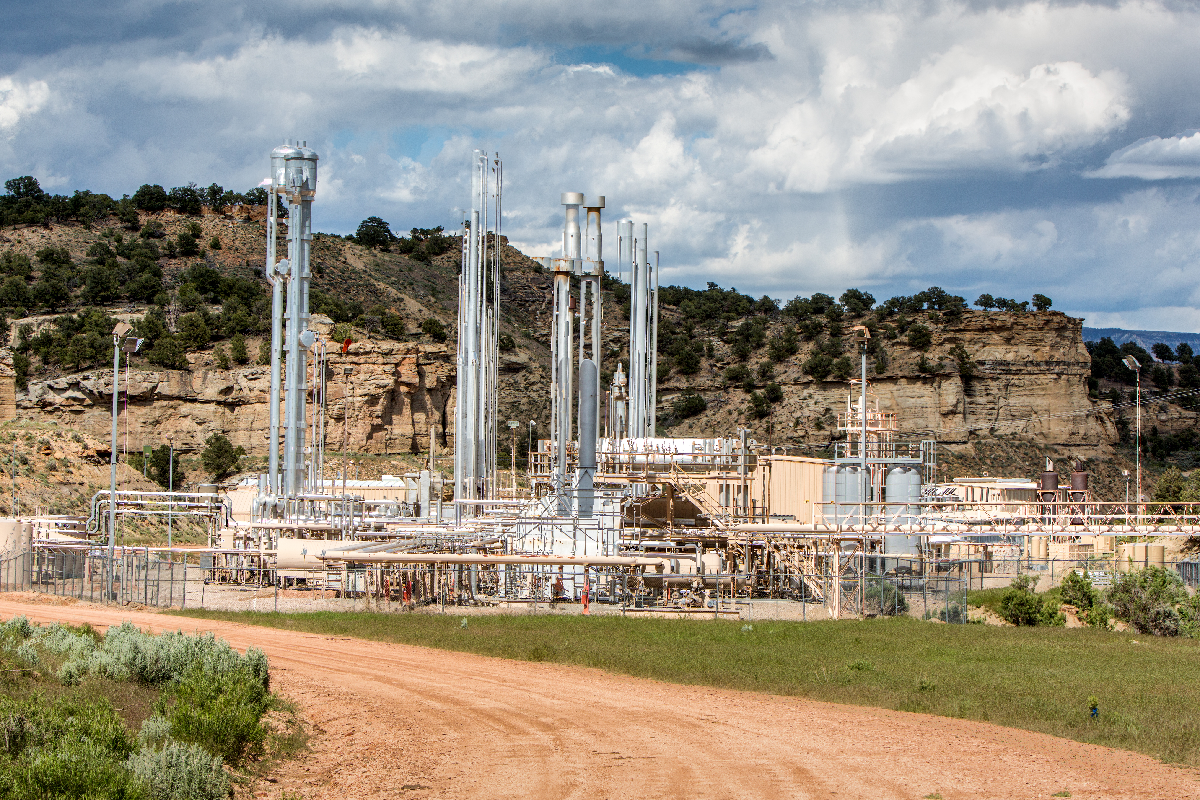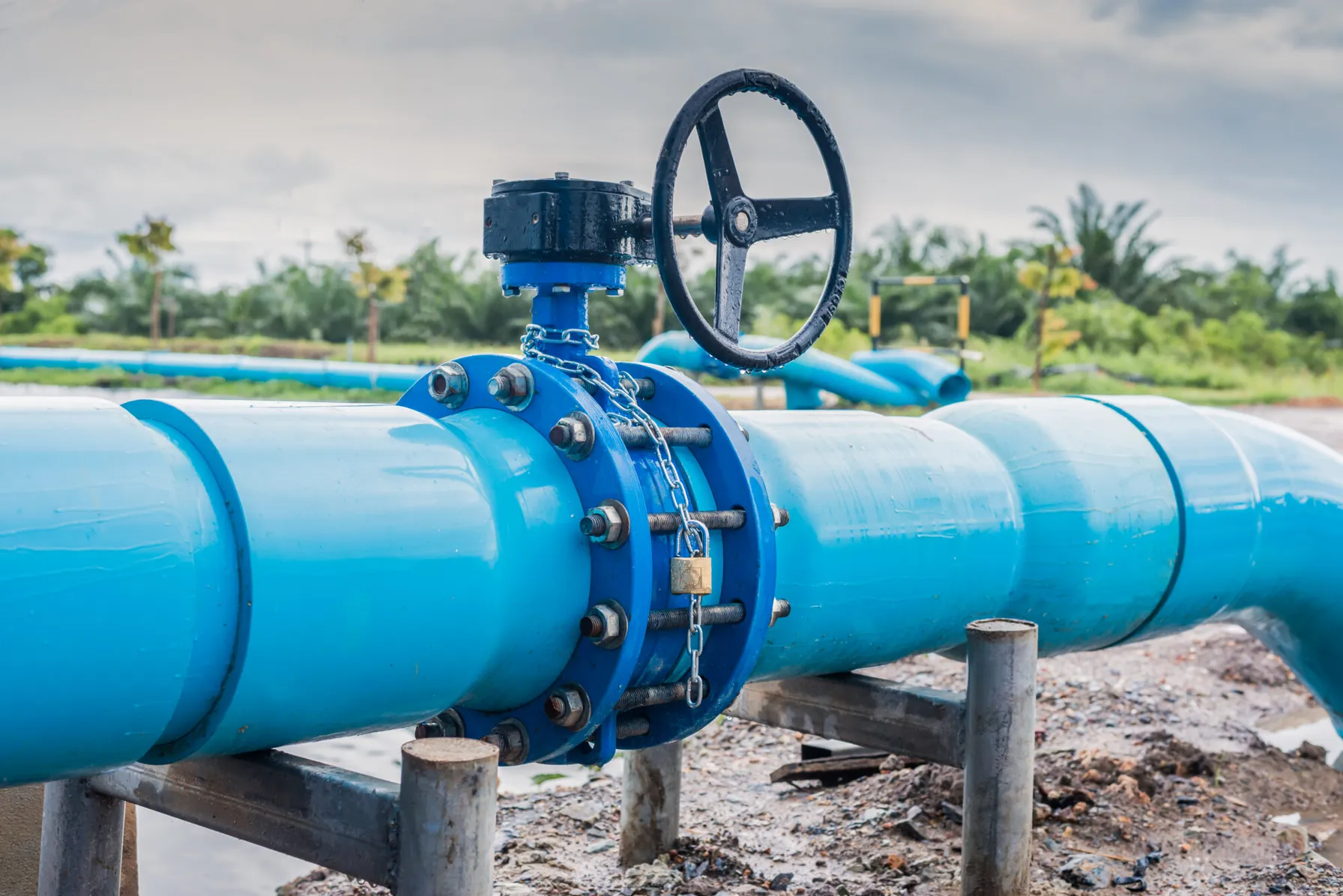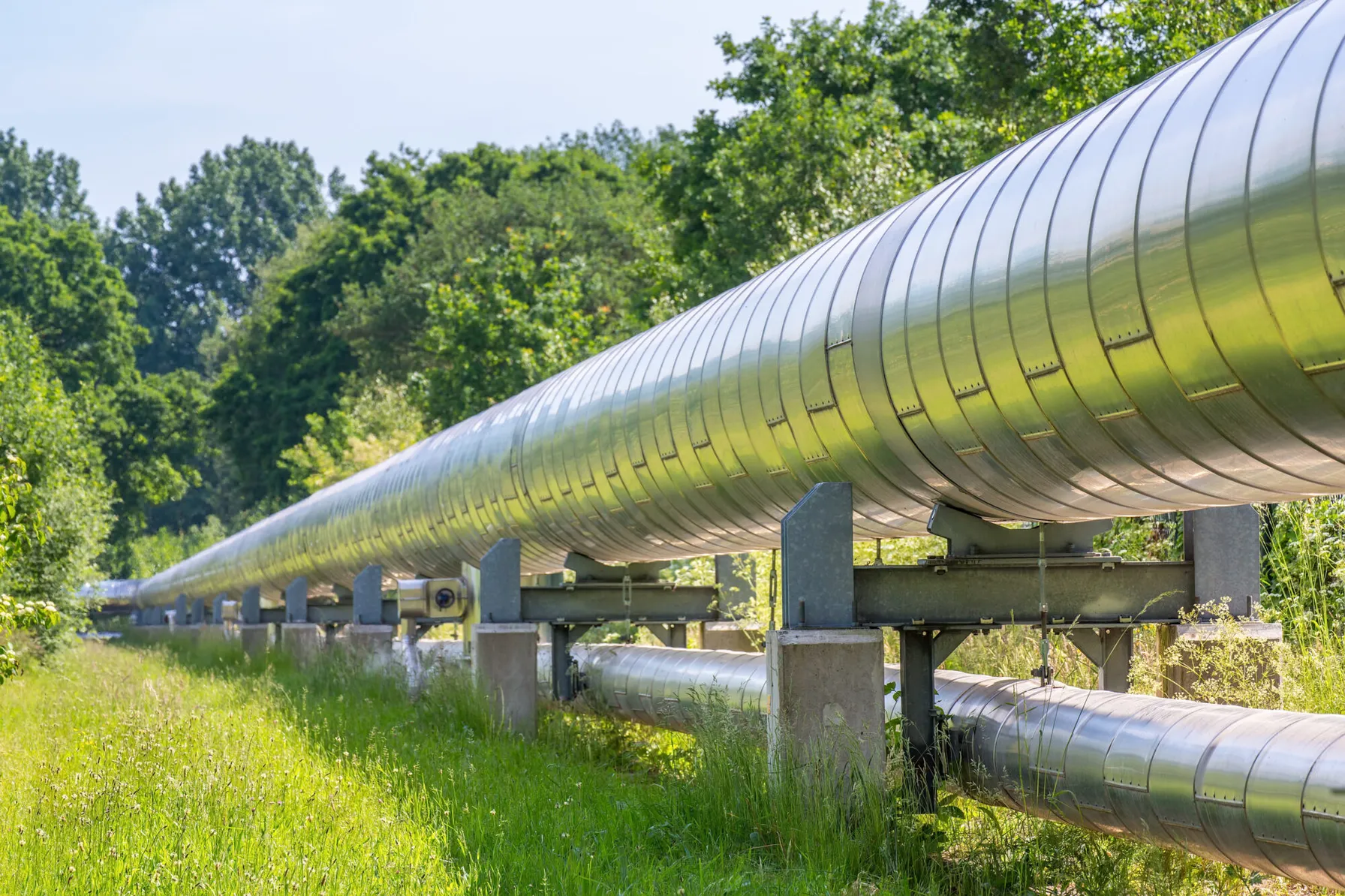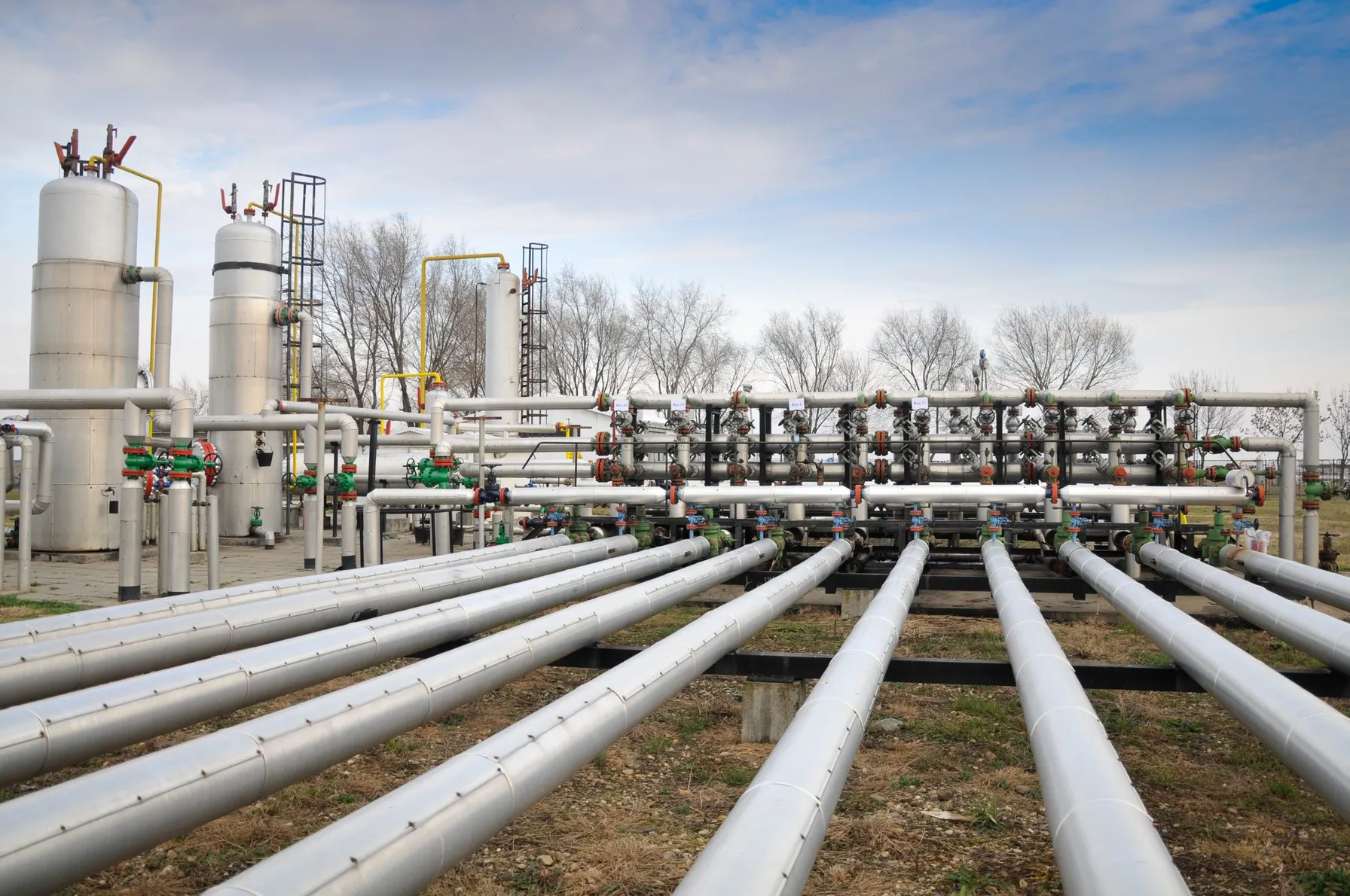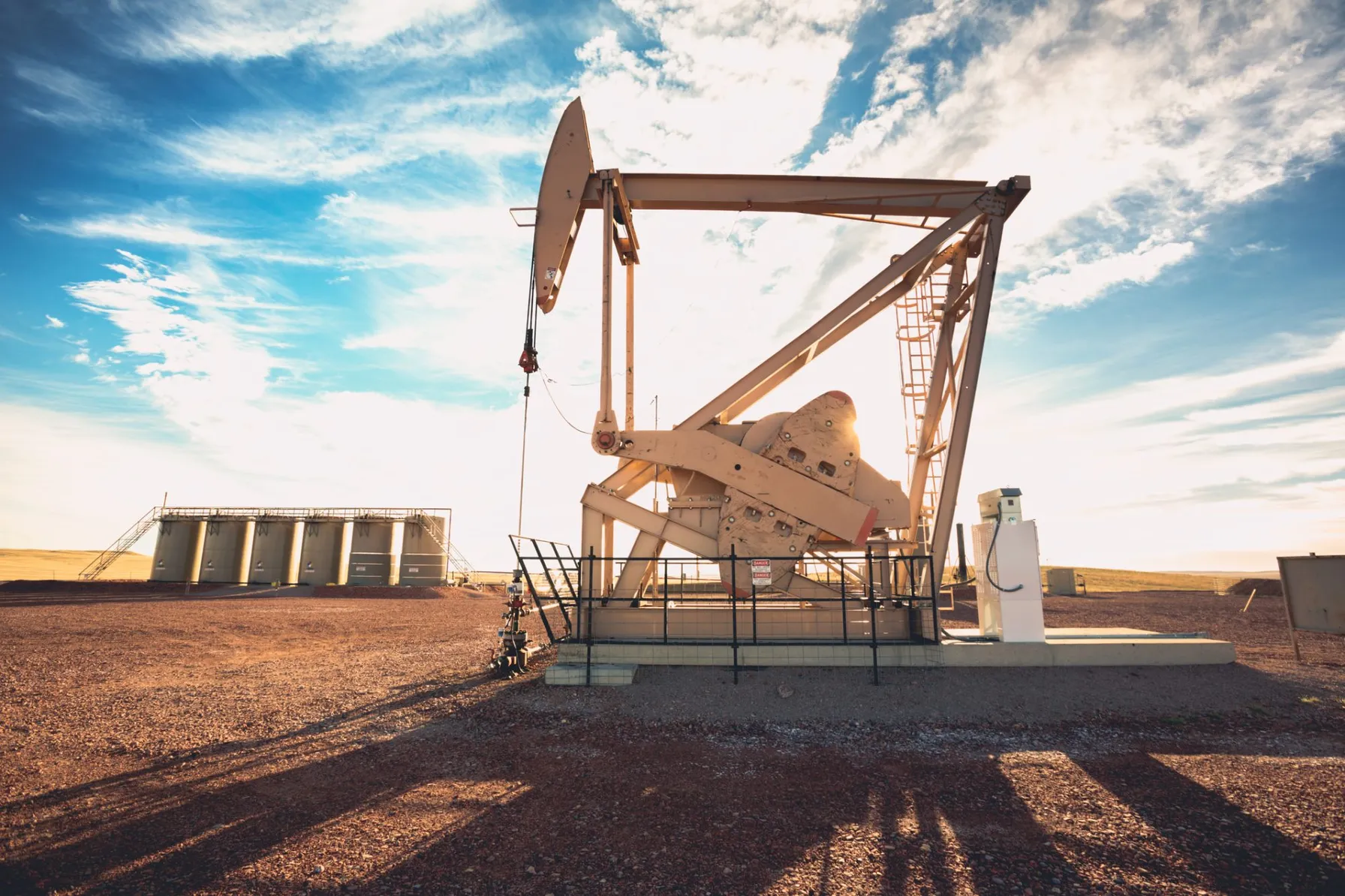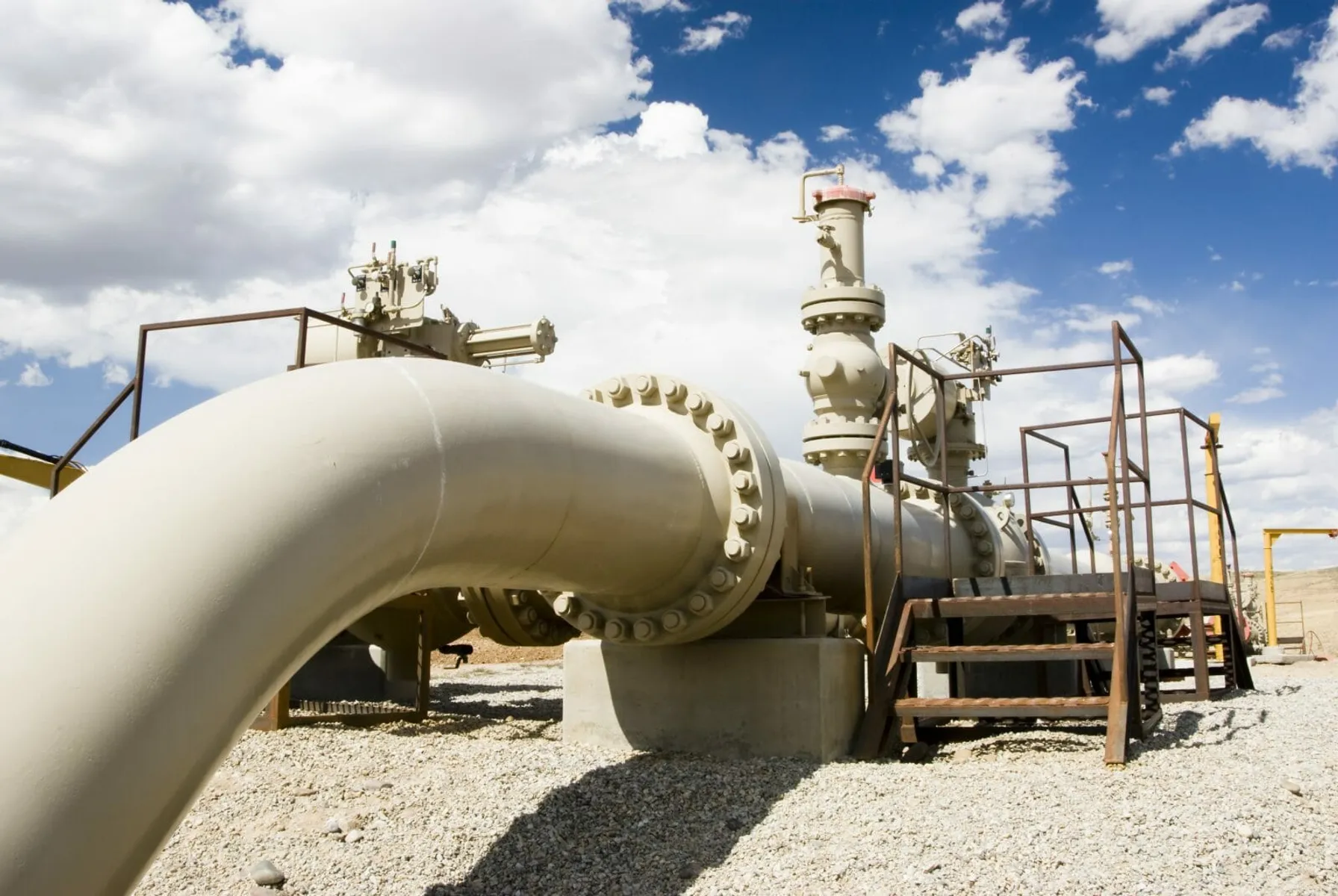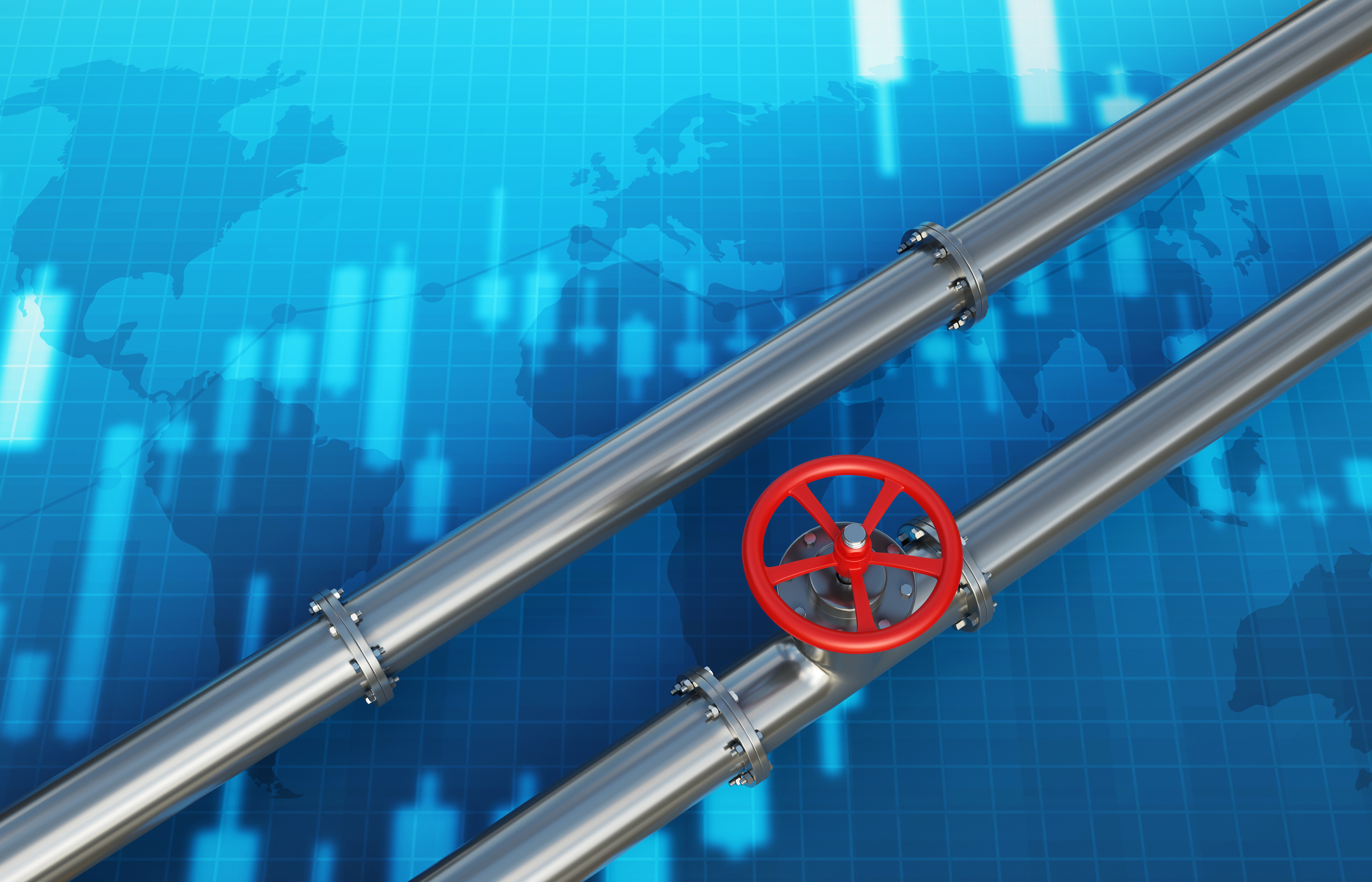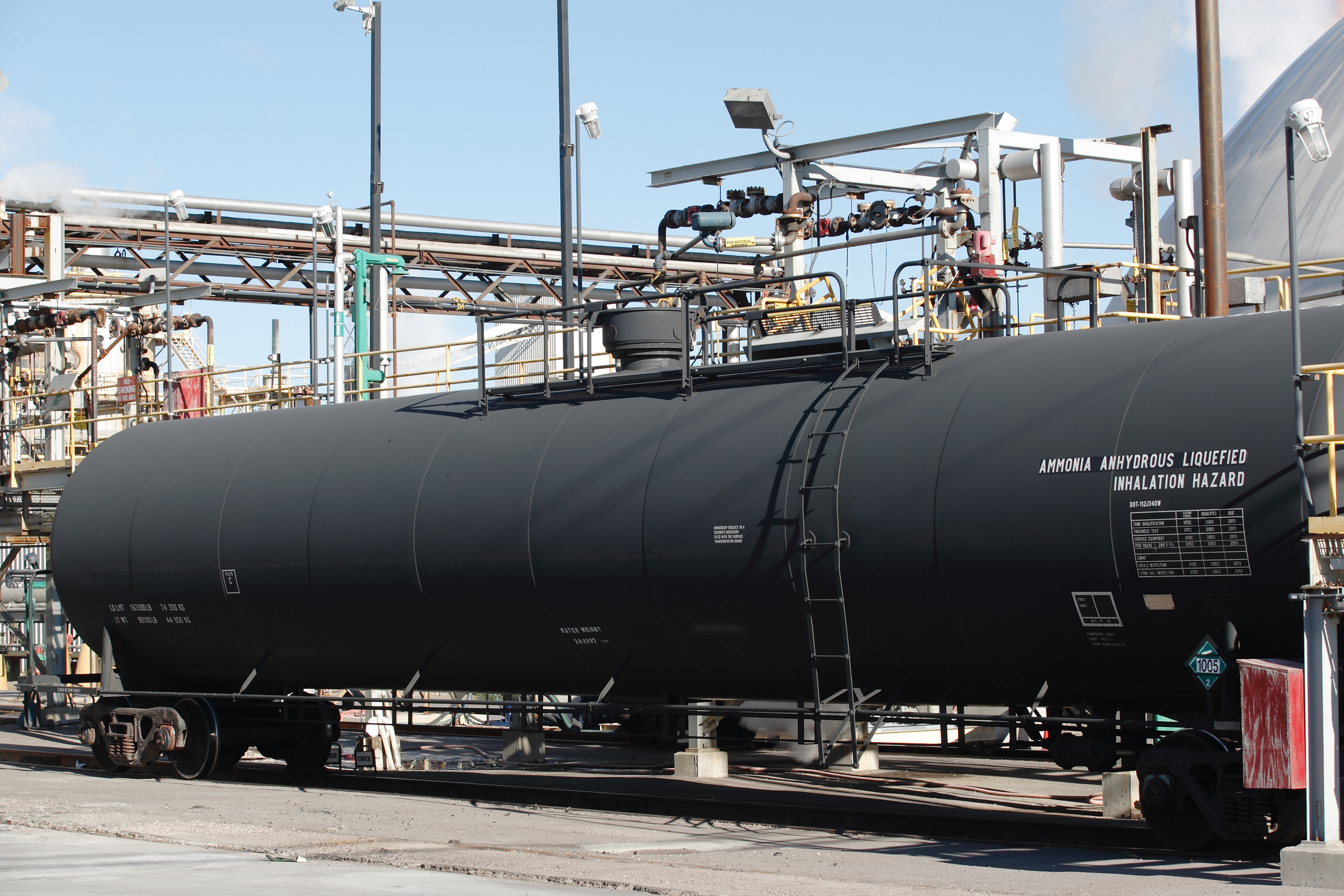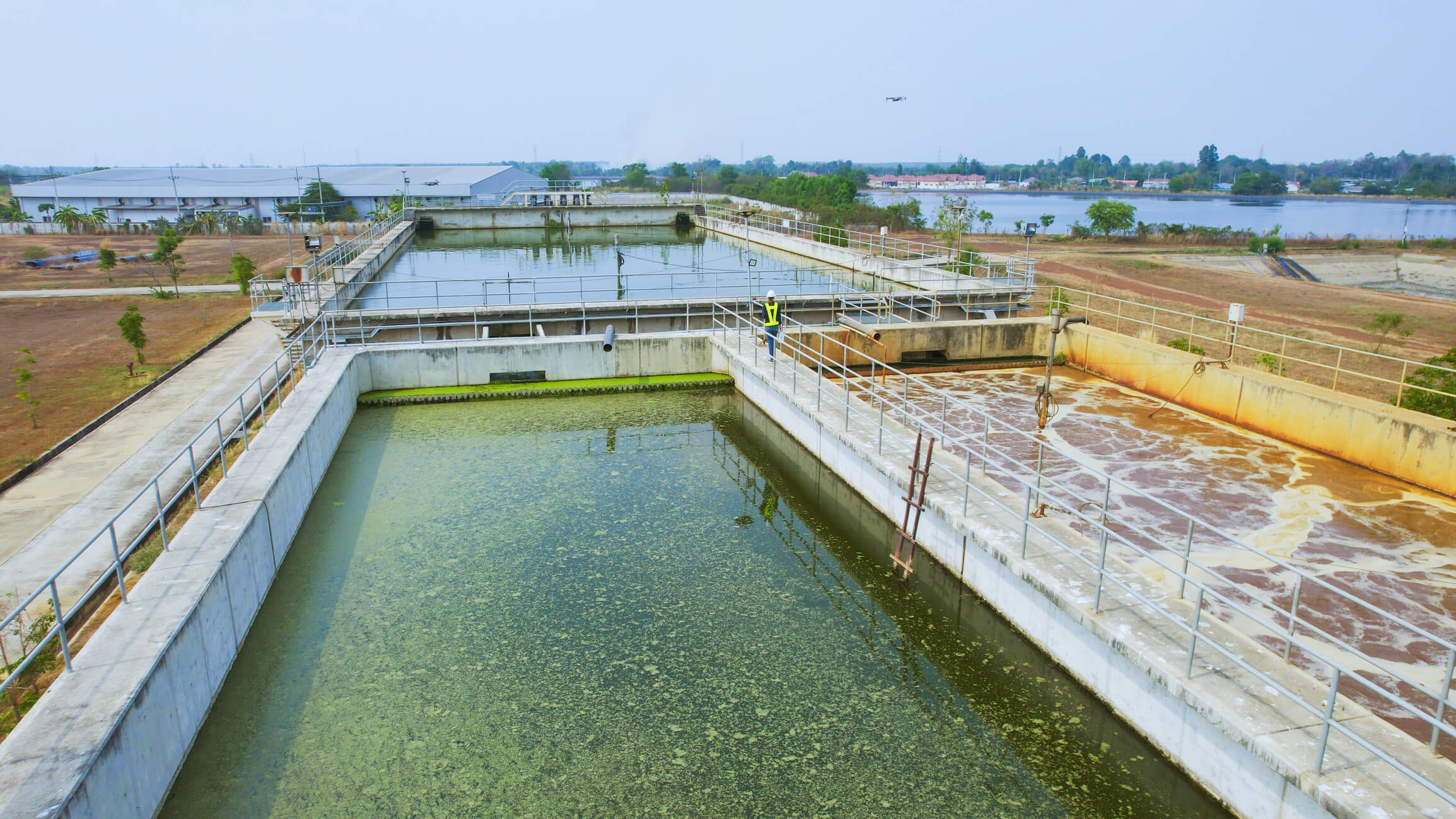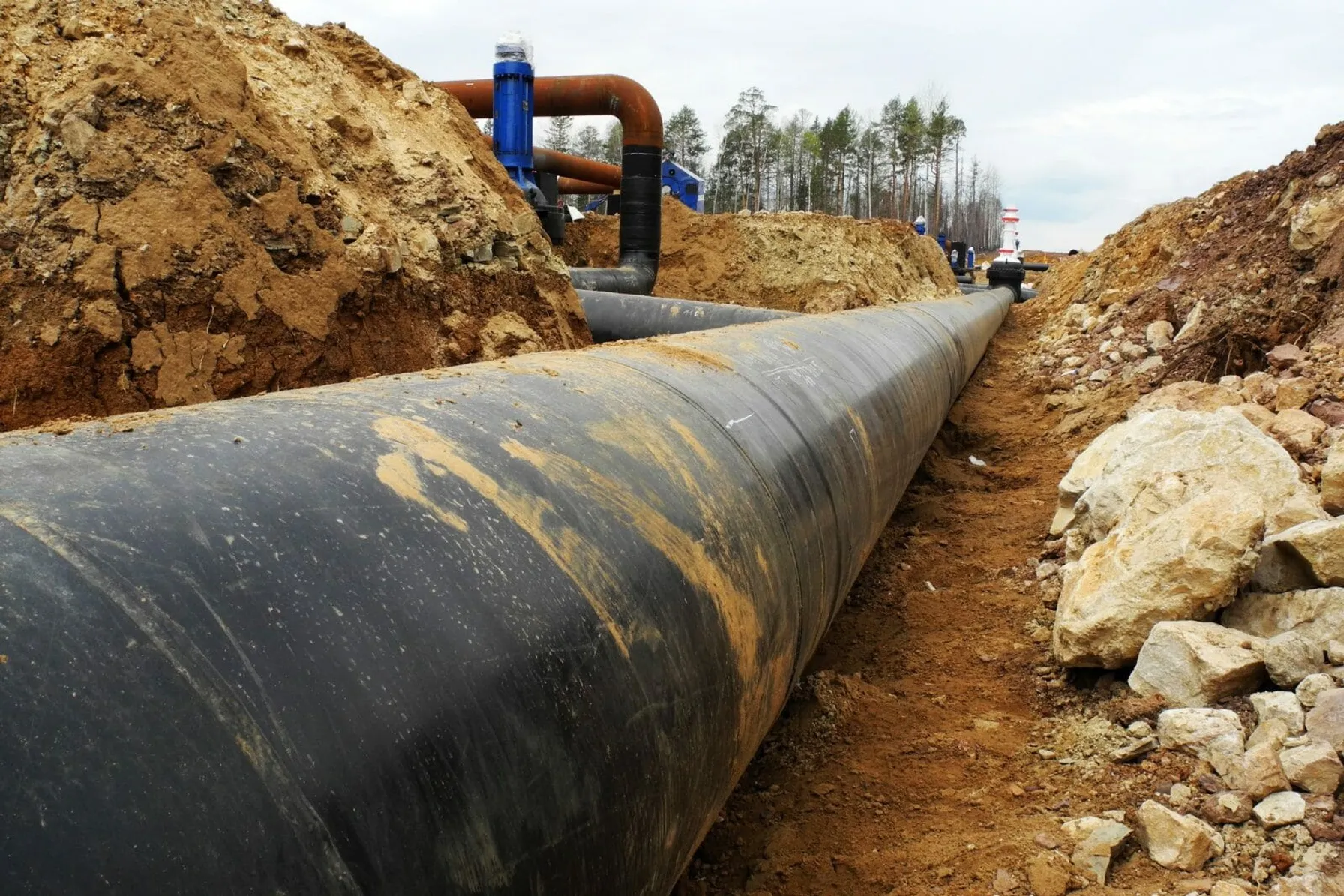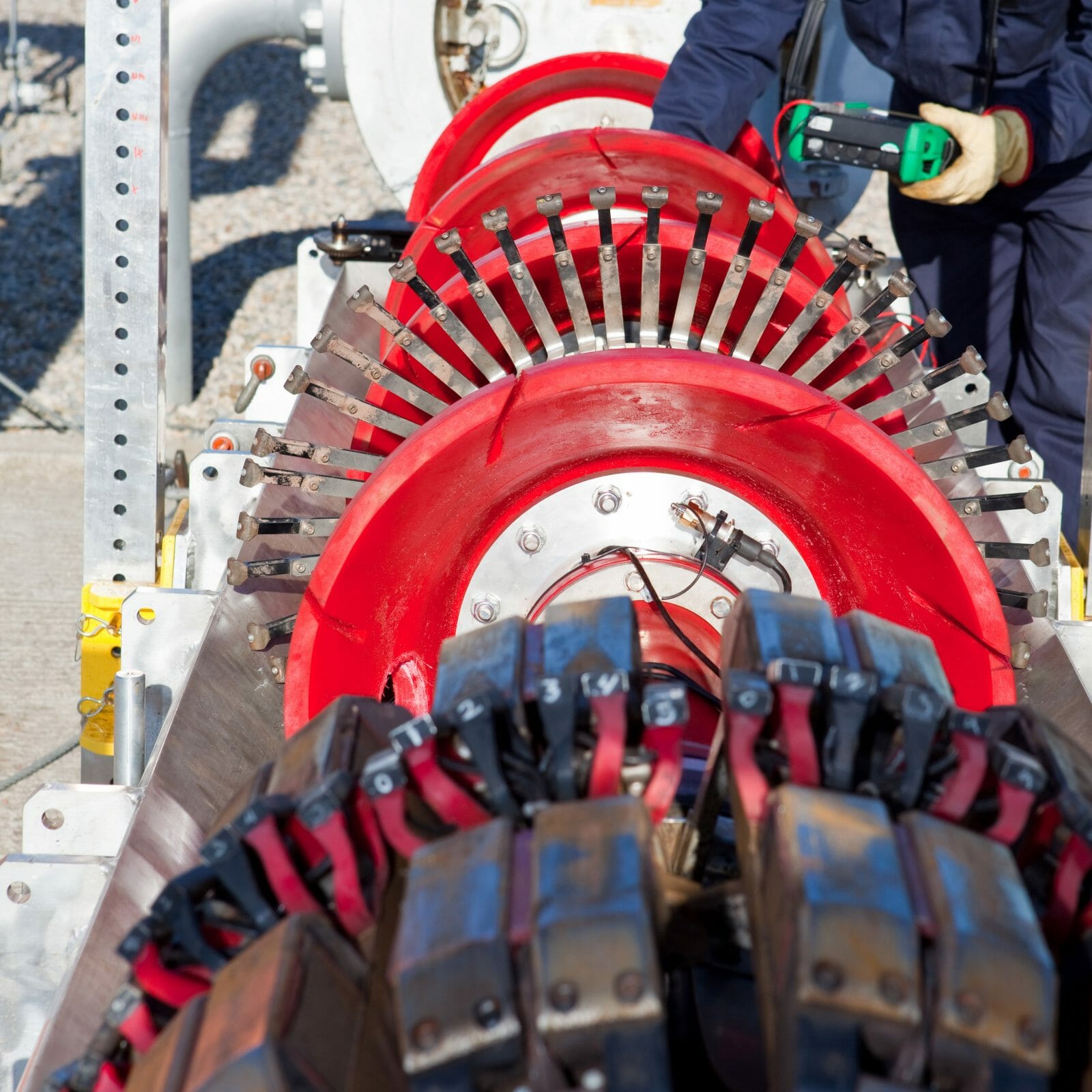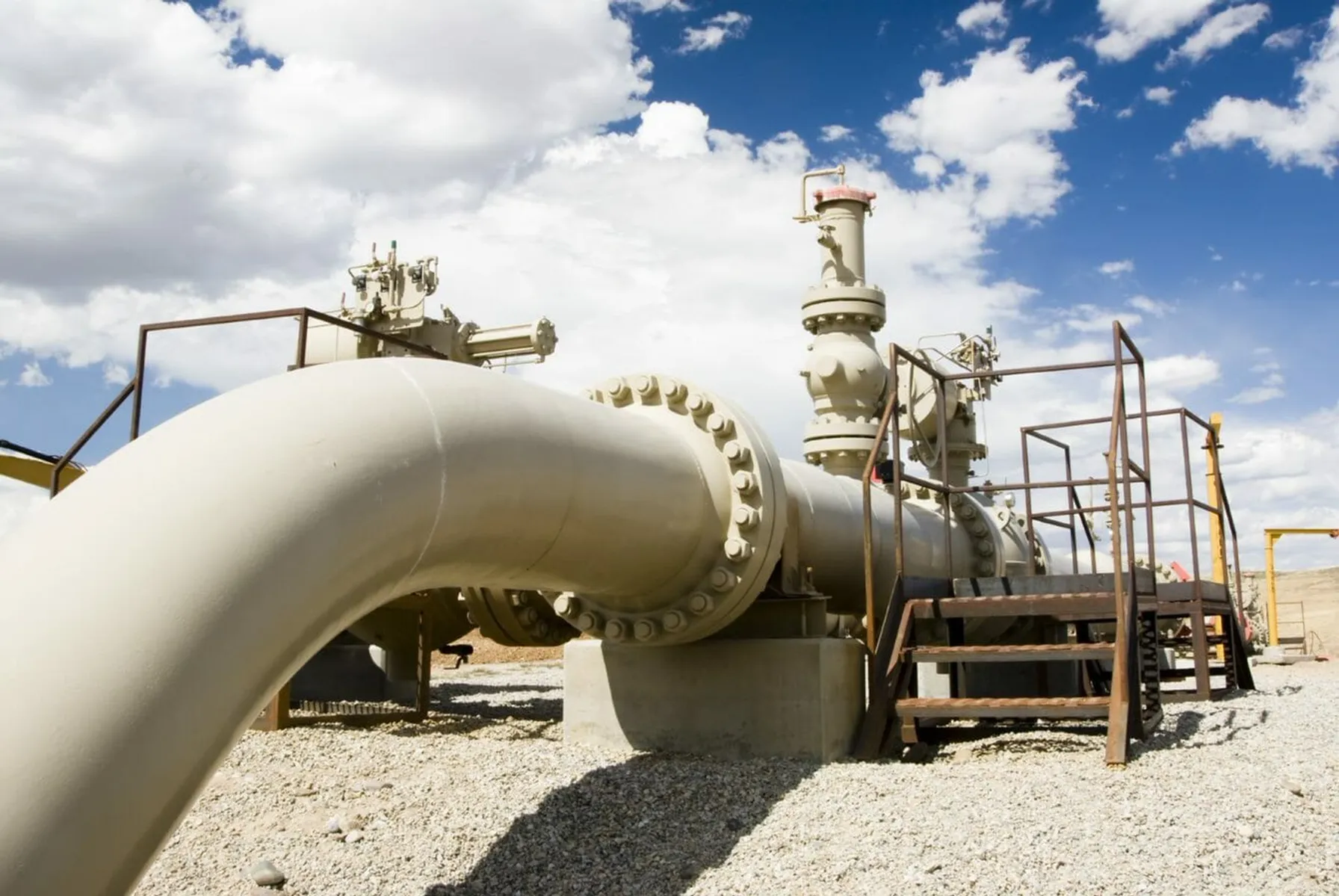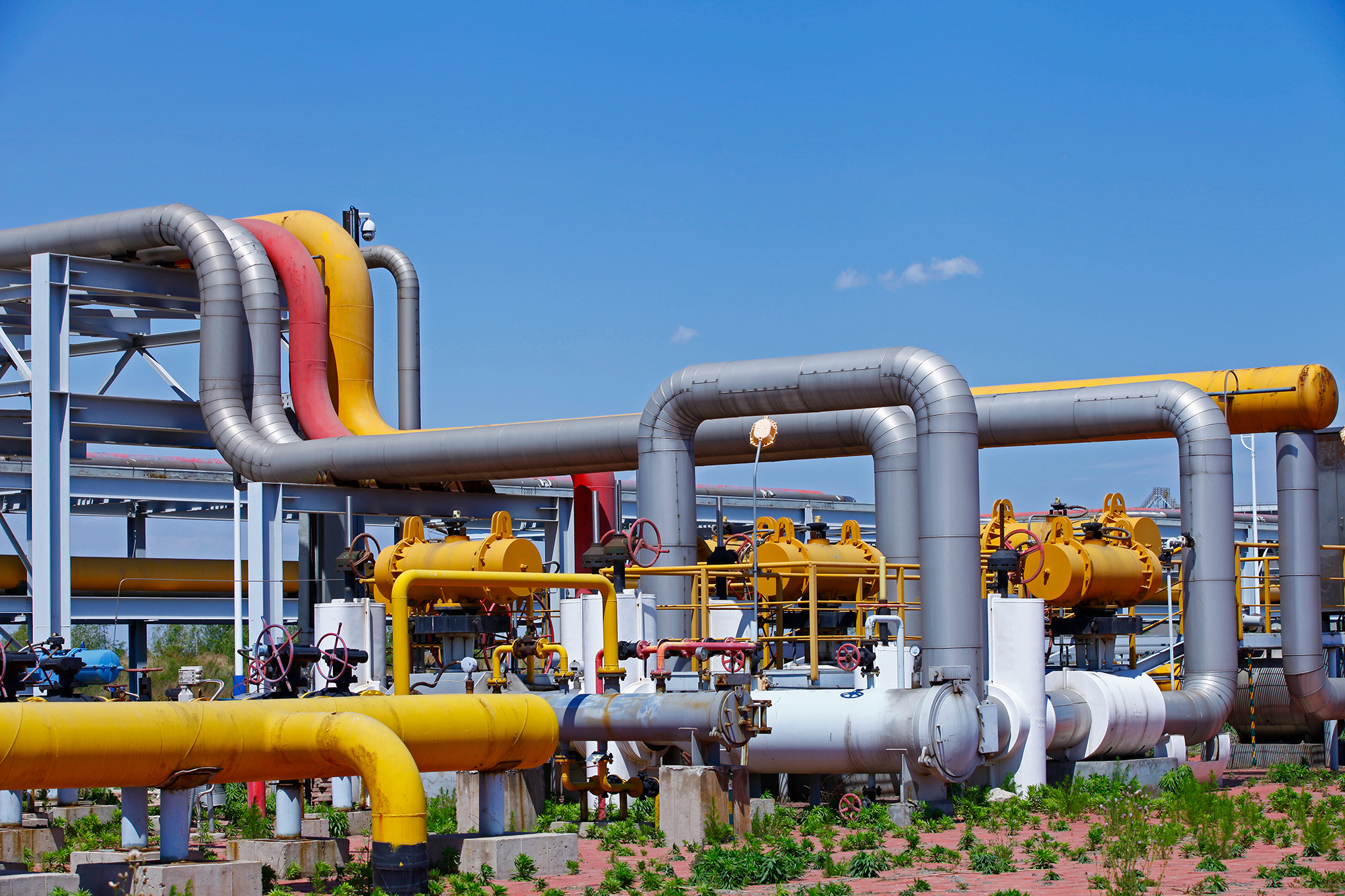Building Connections, Delivering Efficiency
Integrated engineering services addressing the unique challenges involved with your pipelines and associated facilities.
Pipelines are the lifelines of modern industry, transporting vital resources such as oil, natural gas, and refined products across vast distances. These complex networks form the backbone of countless supply chains, powering economies and connecting communities. Your facility, as a critical node in this intricate system, requires specialized expertise and comprehensive support throughout its entire lifecycle.
TRC’s extensive experience in pipeline and facilities engineering projects has provided us with unique insights into the challenges and opportunities within your industry. Our team understands the intricate balance between operational efficiency, safety, regulatory compliance, and environmental stewardship that is essential for success in the pipeline sector.
TRC Has Reinvented the Way Pipeline and Facilities Engineering Projects Are Delivered
TRC provides end-to-end engineering and project execution services that help clients construct or expand pipeline systems, compressor and pump stations, terminals, underground and surface storage and infield gathering and production facilities.
Our industry experts provide a complete suite of engineering and execution services for market sustainability, technical feasibility and highest return, using proprietary technical and commercial tools to understand and mitigate risk. We work with clients to create the right project, at the right time and for the lowest possible capital investment, along with an implementation plan to deliver on schedule and on budget.
TRC’s procurement staff efficiently navigates markets, federal regulations and permitting requirements to effectively source, procure and deliver the materials and equipment your projects need. Our integrated Materials Management System (MMS) provides full material traceability and logistics management.
Our Construction Managers are involved in the earliest stages of the project, ensuring cost and schedule certainty. Enabled by our collaborative project management technology, we work to eliminate the uncertainties that have recently plagued midstream pipeline projects.
We also offer full environmental permitting services, from routing and siting, through natural and cultural resources surveys, inspection and monitoring, to restoration.
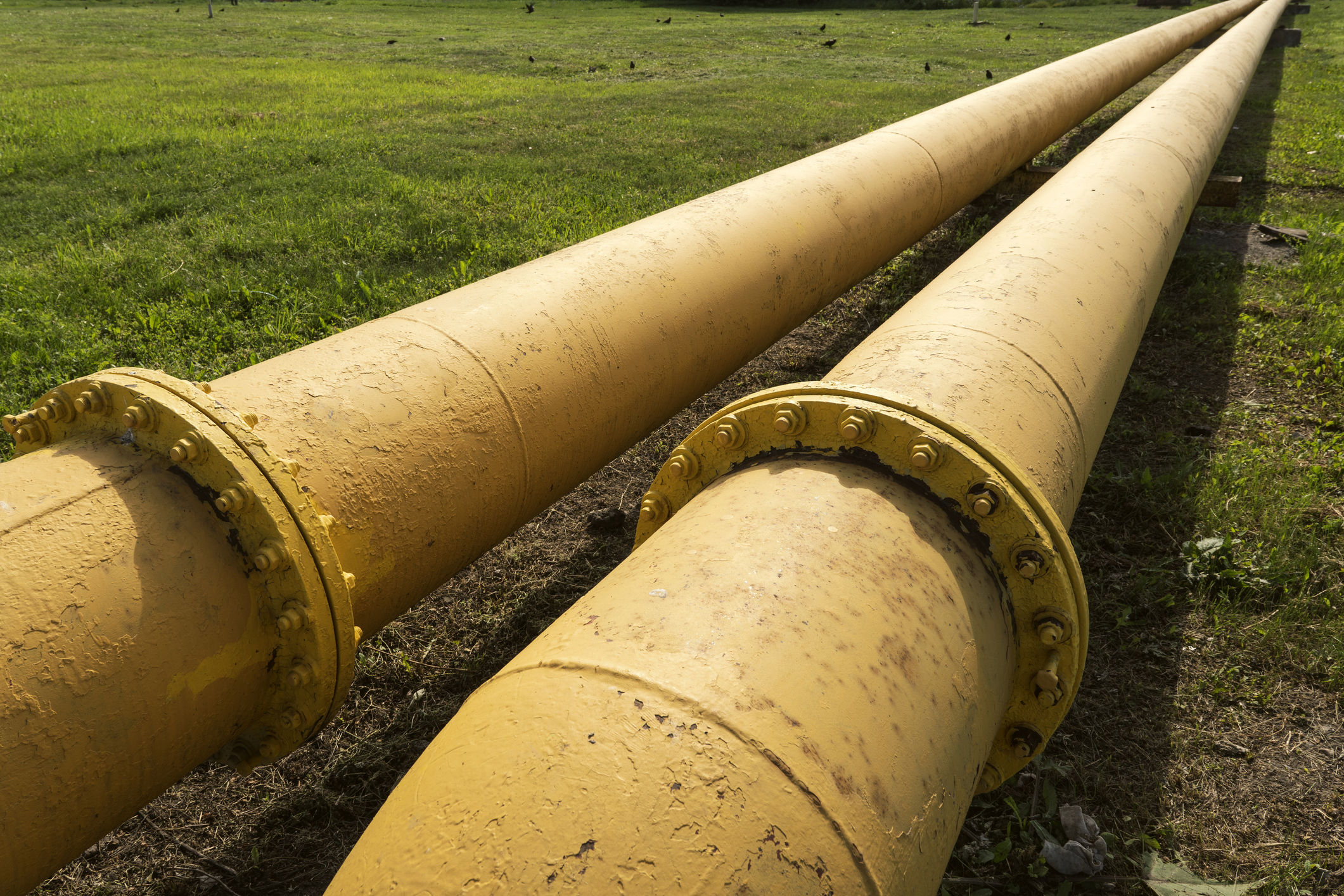
Integrated Pipeline Engineering Solutions
Project Execution Services:
- Feasibility & Conceptual Studies
- Front End Engineering & Design (FEED)
- Detailed Design, Procurement & Project Management
- Construction Management & Inspection
- Owners Engineering Services
Specialty Engineering Services:
- Pipeline Routing Optimization
- Hydraulic & Transient Analysis
- Horizontal Directional Drilling (HDD) Design
- Environmental & Permitting
- Pipeline Integrity
Related Materials
By The Numbers
0K
TRC has engineered over 130k miles of Pipe.
0
TRC has engineers in all 50 States who can review and seal project drawings.
#0
TRC is ranked 19 on ENR’s 2018 List of Top 500 Design Firms.
Connect With TRC’s Pipeline Engineering Consultants Today
TRC’s pipeline engineering solutions have served organizations around the world. In an ever-evolving energy landscape, TRC stands ready to support your pipeline and facilities projects with forward-thinking solutions that address today’s needs while preparing for tomorrow’s challenges. Our commitment to excellence and innovation ensures that your facility remains a vital link in the global supply chain, efficiently and responsibly delivering essential resources across the nation and around the world.Connect with our tested practitioners today.
